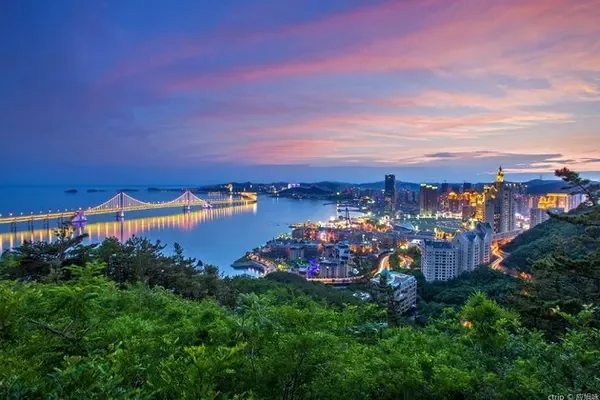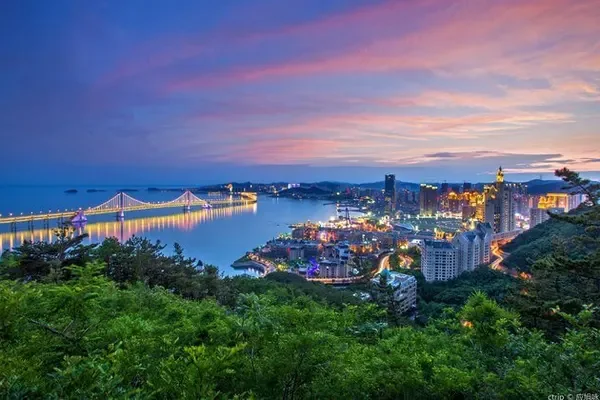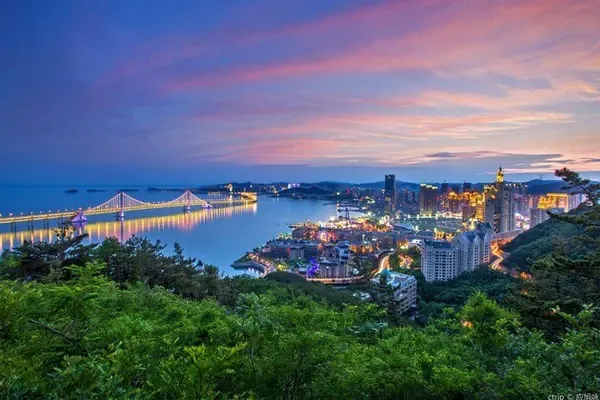
It is impossible to say that the scenery of Chu Township is shabby, and the articles are from the Song Dynasty to the present.

Time flies, old friends stay together. There will always be some memories that have been precipitated and passed on over the millennium. Today, we are fortunate enough to go to that old street again to see the life of the people in the ancient town.

The ancient city of Gwangju is separated by a river, with Yiyang in the south and Chunshen in the north. The ancient city of Gwangju was formed more than two thousand years ago. Yiyang Ancient Town is one of the few relatively well-preserved ancient streets and ancient city communities in the Central Plains.


In the afternoon, the weather is cool, holding the hands of three or five friends, strolling around the old street, time is like a movie reversed, showing every scene for thousands of years to my eyes, this is the ancient town of Yiyang, here is the Much of the past is telling.



A group of beauties in cheongsams came over. Although Shaohua was not there, they were still graceful and beautiful. Along the old street, hold a flower umbrella, and stop time in this old street.




At the entrance, you will see a shop that buys and sells antiques. Every item in the shop is stained with the taste of time. Some memories are long ago, and some memories seem to be yesterday. Those old times are not there, but the memories are still there.

Going forward along the street, mottled electric wires cross the sky above this old street. The firewood, rice, oil, salt, soy sauce, vinegar and tea are engraved in the life of the neighbors in spring, summer, autumn and winter.



The Nanhai Guanyin Temple in Yiyang Ancient Town attracted me. The Nanhai Guanyin Temple was built by Liu Xueli, the magistrate of Guangzhou in the Jiachen year of Yongzheng in the Qing Dynasty. The gate of the temple faces north, facing the long embankment in the center of Nanhai Lake. In the main hall with double cornices, there is a statue of Avalokitesvara enshrined in the center of the hall. Avalokitesvara has its back to the south and faces north.





"On the 19th of February, 19th of June, and 19th of September in the lunar calendar, when Avalokitesvara was born, became a monk, and attained enlightenment, Buddhist believers gather here, and pilgrims from a radius of hundreds of miles come to worship.



Most of the courtyards in Zhongda Street are vertical two-entry and three-entry courtyards, which are divided into two systems along the street. This old street tells the traces of a thousand years of history, watching the green spring full of the city, listening to the singing of time.



Most of the street buildings in Daxiang Street are two-story wooden buildings with turrets in the south of the Yangtze River, with lattice windows upstairs and wooden doors downstairs. Most of the houses are vertical two-entry or three-entry courtyards, distributed along both sides of the street, with houses facing the street. At this leisure time at noon, I walked by a thin golden retriever dog, and saw a naughty boy smiling in front of the old wooden door.



Some people put auspicious wishes on the door, and there is fresh green in front of the old city wall. The woman who repaired shoes, the neighbors sitting in front of the door and chatting, their time was passed like this.


An old man was picking vegetables inside the open door. When I took the photo, she stood up and cooperated with the photo, but deep down in my heart, I wanted to take a picture of her bowing her head to pick vegetables. Perhaps this is the street life I most want to see in this old street. No matter how time takes away youth or beauty from us, the story is always there, the ancient town is still there, and the memory is still there.



There are six courtyards in the ancient town, among which the Hu Family Courtyard is located in the middle of Daxiang Street. It was built in the Guangxu period of the Qing Dynasty. There are 5 main houses, with stone foundation, frame structure, lattice windows, and exquisite decoration, showing the superb skills of skilled craftsmen at that time.



According to relevant information, the Hu Family Courtyard was the place where Hu Tinggan, governor of the Qing Dynasty, lived. Master Hu Tinggan, a native of Yanchuan Dudian, served as the governor of Shandong and Jiangxi. After being dismissed in 1906 for the "Nanchang Teaching Case", he returned to live in Daxiang Street, Qingchuan, and built a residence, known as the Hu Family Courtyard in history. The other five courtyards can only be found by walking slowly in the old street.

The octagonal building is also a place worth seeing in Yiyang Ancient Town. Daxiang Street is the most prosperous commercial and financial street in the history of Huangchuan South City. There is an ancient octagonal building, which used to be the former site of Yeji Yongxing grocery store , has a history of more than two hundred years. This octagonal building is not only beautiful, but also practical and ornamental. Many corners of the octagonal building face the street, highlighting the exquisiteness of beams, columns and purlins.

There is also a Catholic church on this old street. The Huangchuan Catholic Church was introduced by the French missionary mission in 1852 and built by the German Holy Word Society in 1873. It is located on the south bank of Nanhai Lake. The church is T-shaped intersecting, there are seven male scripture halls and six female scripture halls, and the houses are framed wood structures with a construction area of 217 square meters. When the Japanese army invaded China in 1938, the church provided shelter for many refugees, and the Catholic Church Hospital provided treatment for a large number of injured soldiers and civilians.

The past time is always the past and has never been rewritten. What we see today is the most real bit of the past. Yiyang Ancient Town does not justify or show off... let the time pass by!


